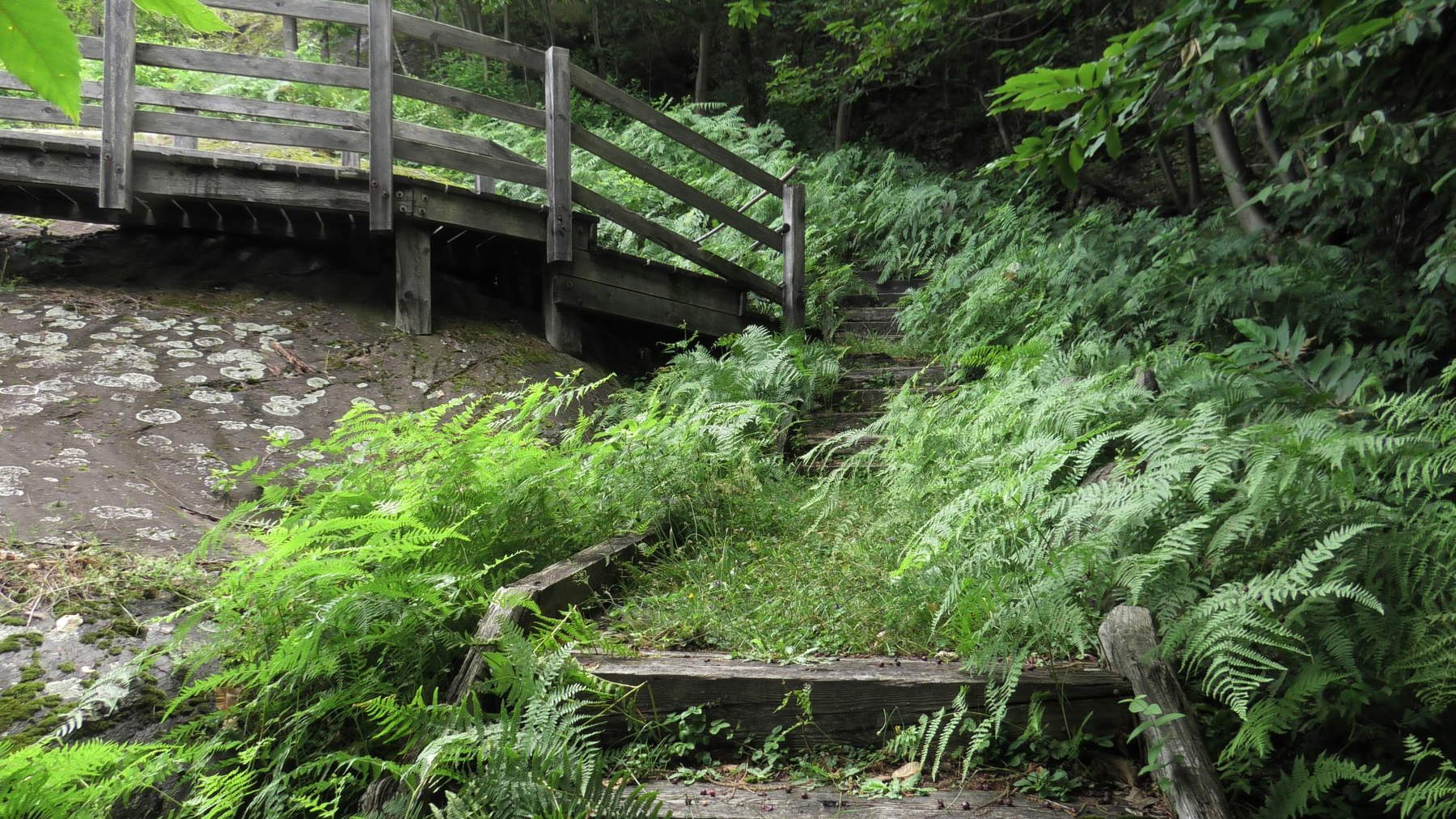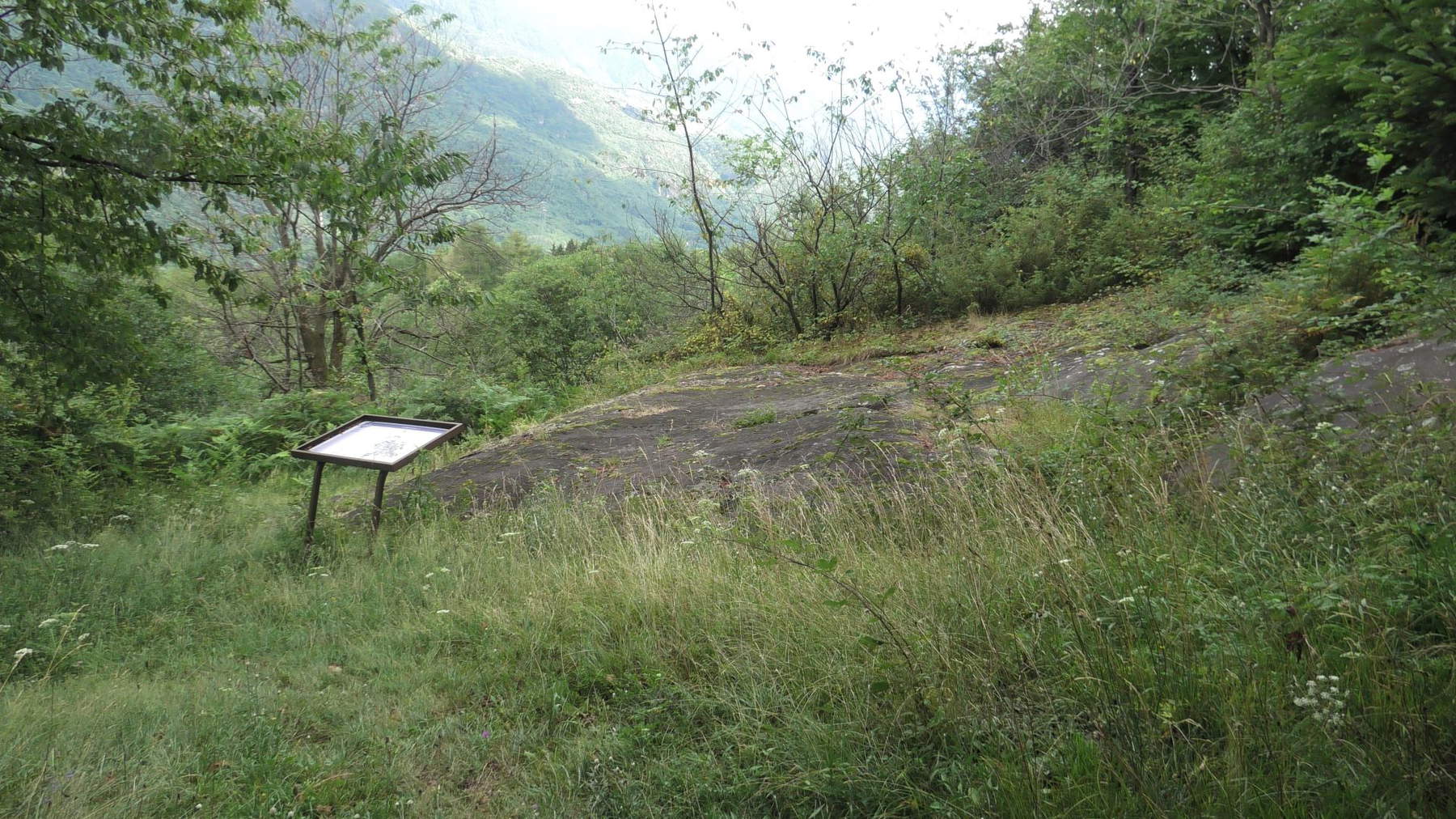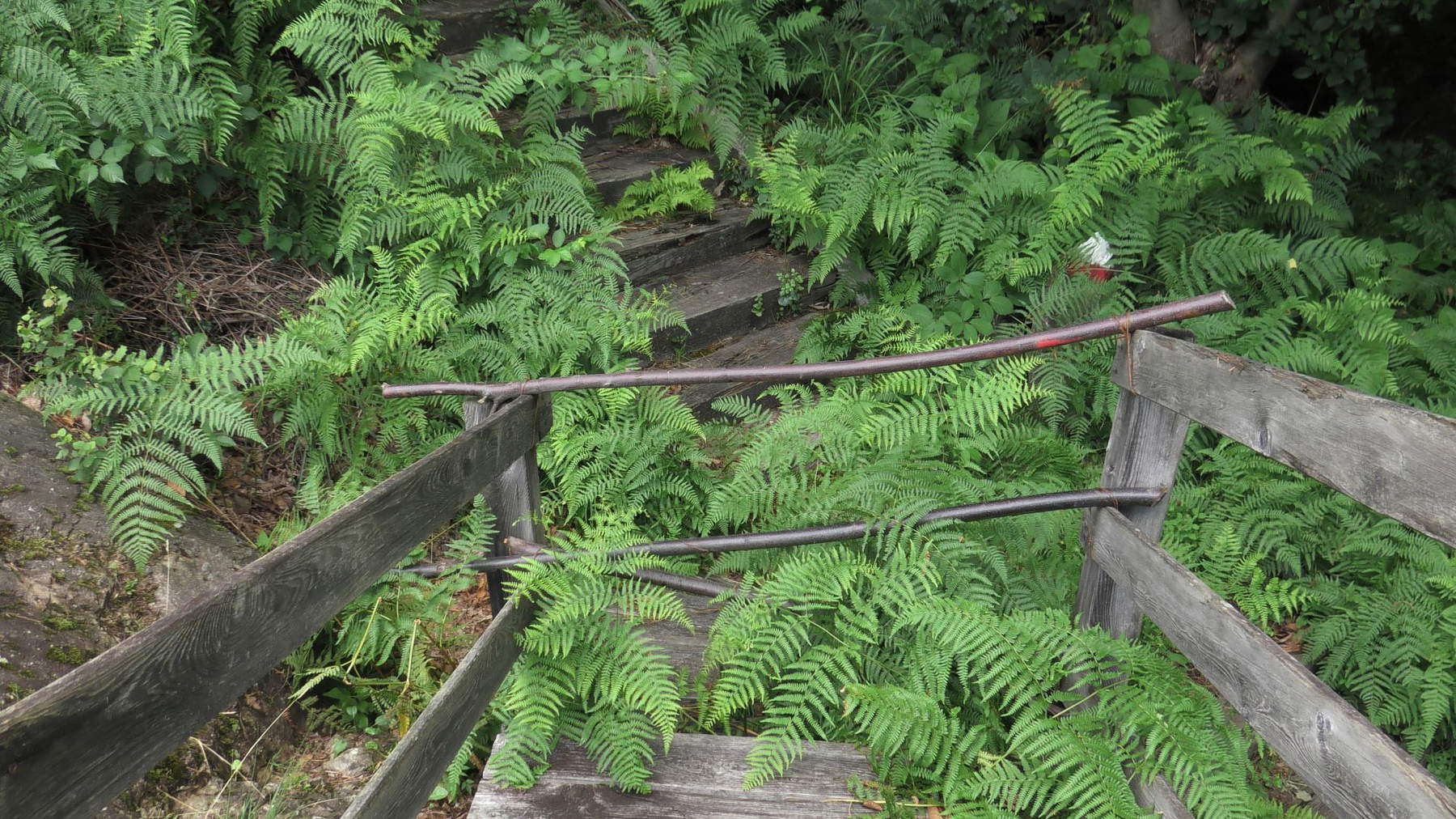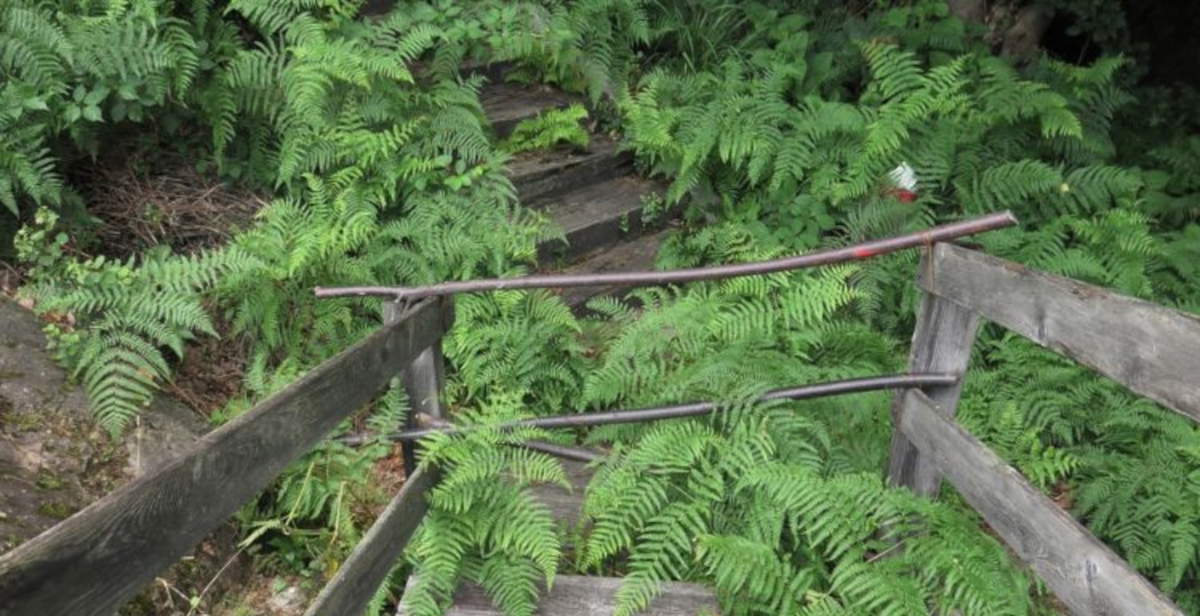After only one year of activities and initiatives, the Sellero (Brescia) Archaeological Park has returned to a state of neglect. This is what the associations Zamenhof Art and ArchExperience, which had worked only in 2023 to return the site to the community, denounce. The tall grass, the lack of management, the maintenance work never started and the absence of official communications about the closure to the public return, the two associations point out, the image of a site left once again to degradation, a few months after its reopening. It is one of the eight parks included in Italy’s First UNESCO Site, now once again inaccessible to visitors and lacking any form of enhancement.
In 2023, the park had been returned to public use thanks to an agreement between the outgoing municipal administration and the associations Zamenhof Art and ArchExperience. The two entities, already involved in the management of the Rock Carvings Reserve in Ceto, Cimbergo, and Paspardo and the Luine Archaeological Park in Darfo Boario Terme, had initiated a comprehensive intervention to restore and promote the site. With municipal funding of only 2,000 euros, brushwood and brambles had been removed, information signs temporarily repositioned, and a communication campaign launched to revive interest in the park. The centerpiece of the project was a calendar of events from May to September, which included guided tours, performances, lectures, workshops, and evening events with engraving observation. The initiative had been well received by the local press and Brescian television media.

Despite the positive outcomes and the reduced public expenditure incurred, the new municipal administration decided at the beginning of 2024 not to renew the agreement with Zamenhof Art and ArchExperience, “despite,” say the two associations, “the success and excellent results achieved in a very short time the previous year, and thought it best, presumably in agreement with the Comunità Montana and the Valle dei Segni Foundation, to leave the park closed and in a state of abandonment. Thus frustrating the work of the two associations that for a year, with enthusiasm and passion, had revived this important archaeological site.”
Now the footbridge leading to the main rock is inaccessible, and those who try to reach the site on foot discover only upon arrival that it cannot be visited. No information, the associations say, has been publicly disseminated to warn visitors of the closure.

Extraordinary maintenance work, scheduled for March 31 with a 45,000-euro grant from the Sign Valley Foundation and under the coordination of the Mountain Community, has not yet begun. “On the other hand,” the associations say, “the park has been left in a state of neglect, access to the big rock walkway has been closed, and nowhere has the closure to the public been signaled, with the result that people go up, walk a long way, and then find a site in a state of total disrepair and can’t even see a carving. We don’t think that’s the best way to enhance a UNESCO heritage site.”
“There were three possibilities,” the two associations point out, “to avoid leaving the park in a state of neglect for months: 1) confirm the previous management (or entrust it to someone else) and let the extraordinary rearrangement works coexist with the normal management (as has been done in other parks); 2) start and finish the works before the tourist season and entrust the management from the end of the works; 3) or entrust the management at the beginning of the year and provide for a suspension if and when the works would have started, considering that the park is small and the time for maintenance should not be too long. None of the three solutions has been taken.”

“At this point,” the associations conclude, “a question arises: what is the purpose of the Sign Valley Foundation? To enhance the UNESCO heritage or to hinder those who, with enthusiasm, professionalism, clear ideas and little money, are(going) to try to do so? There would then be other considerations to be made about how the trumpeted (and heavily funded) project to redevelop the archaeological parks in Valcamonica has been designed and managed so far, but there will be no shortage of opportunities.”
In the meantime, the park remains closed and unusable. The tourist season is advancing and one hopes for a sudden change of course, otherwise the Sellero archaeological area risks remaining invisible for a long time to come.
 |
| Sellero Archaeological Park in Brescia abandoned again after a year of rebirth |
Warning: the translation into English of the original Italian article was created using automatic tools. We undertake to review all articles, but we do not guarantee the total absence of inaccuracies in the translation due to the program. You can find the original by clicking on the ITA button. If you find any mistake,please contact us.